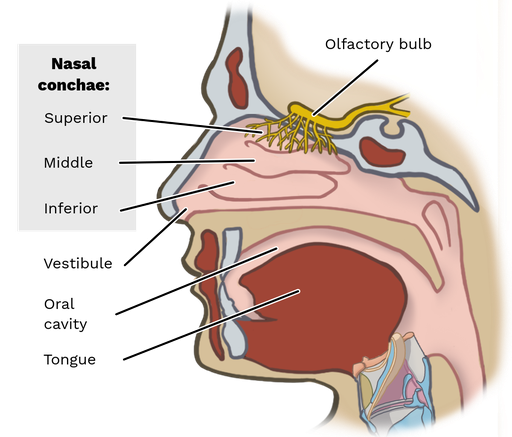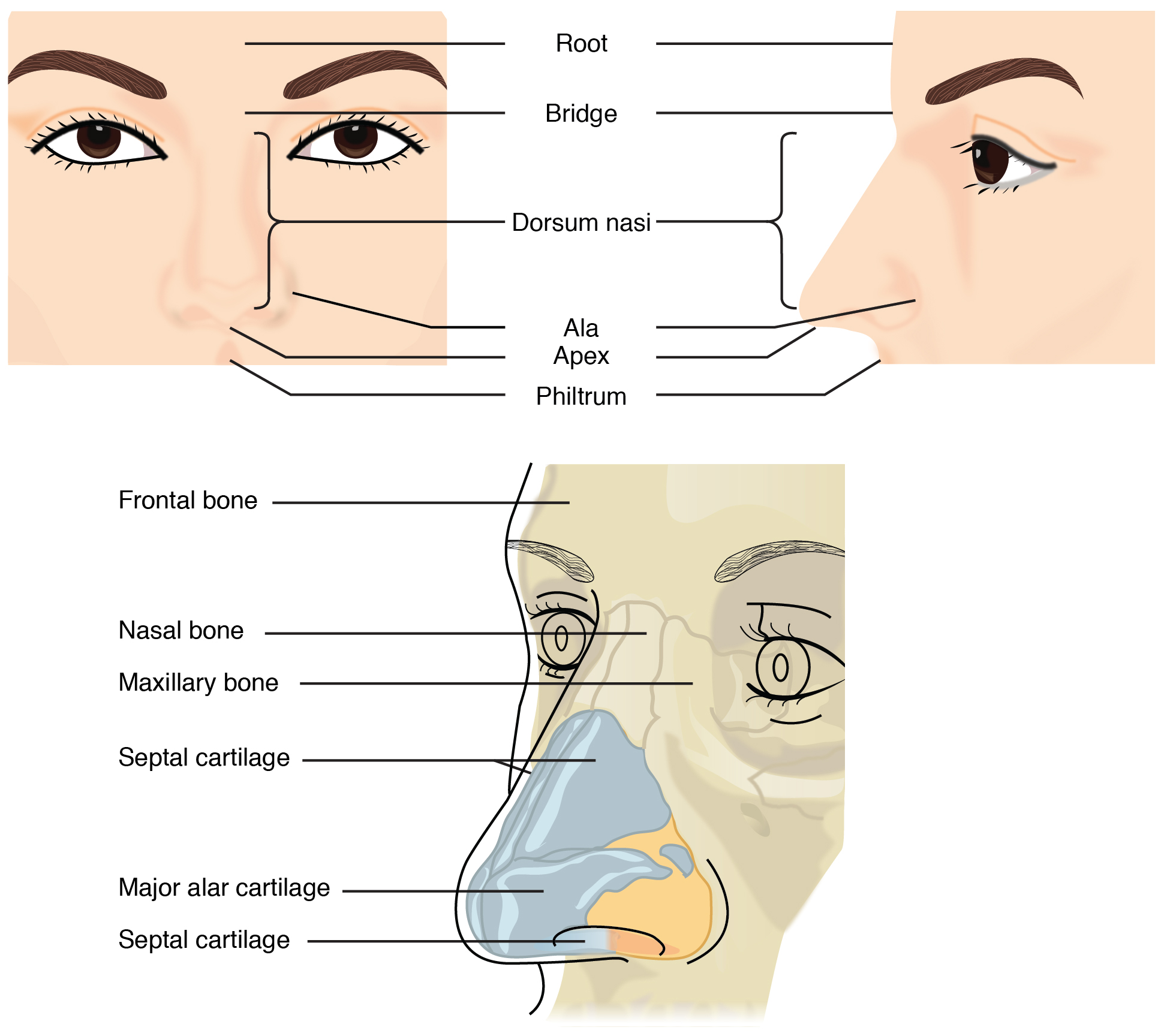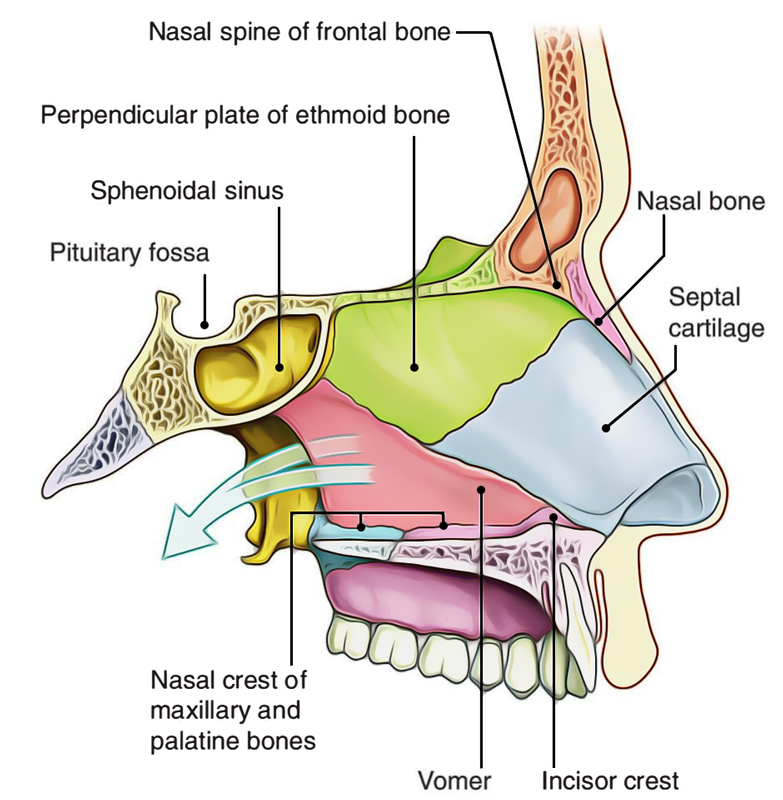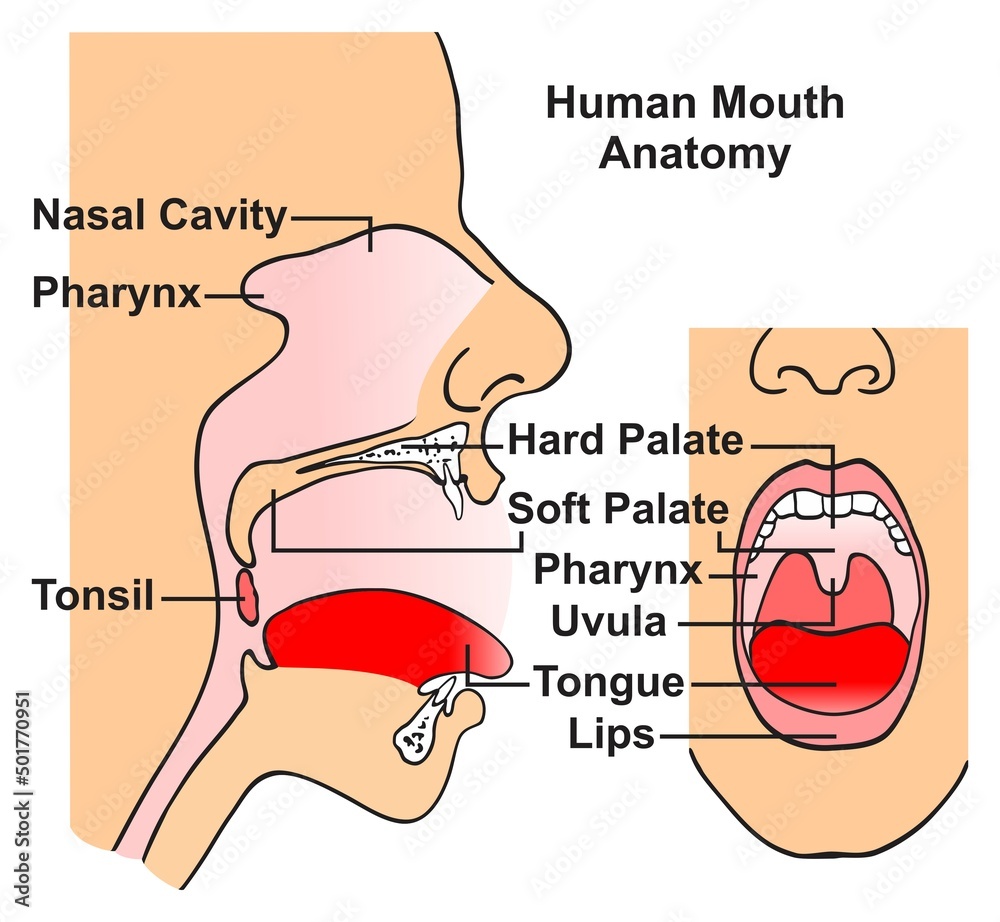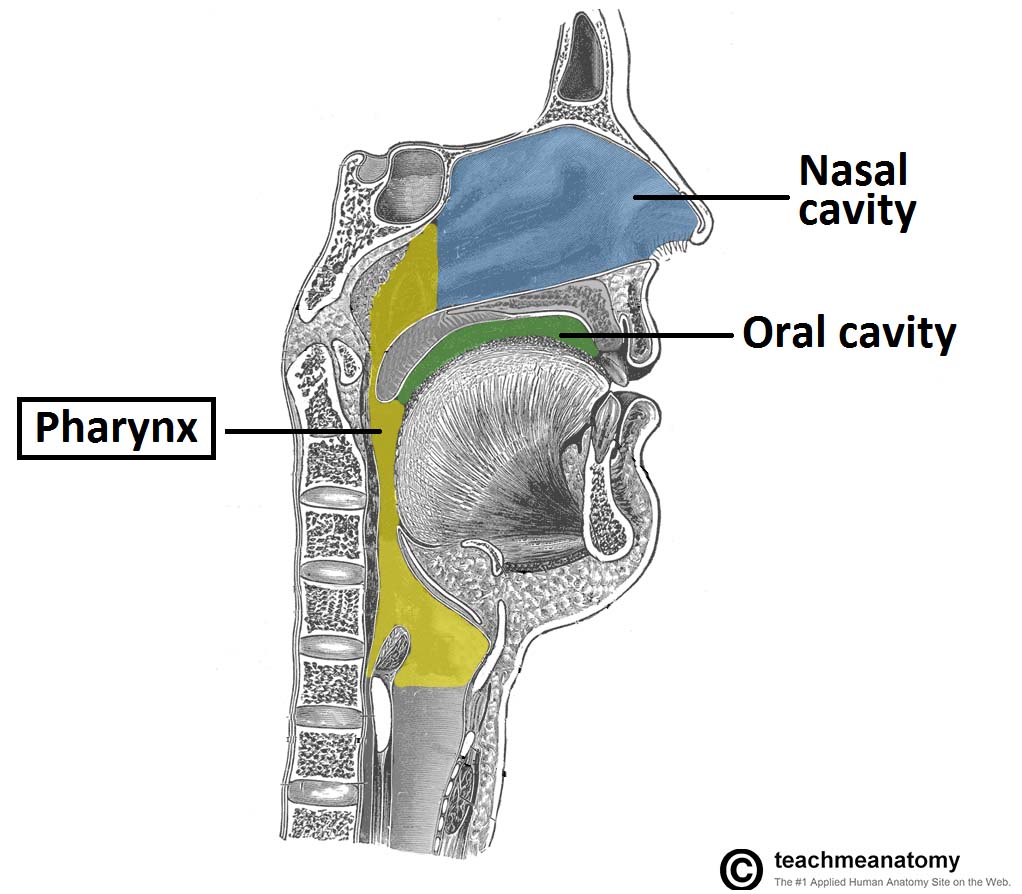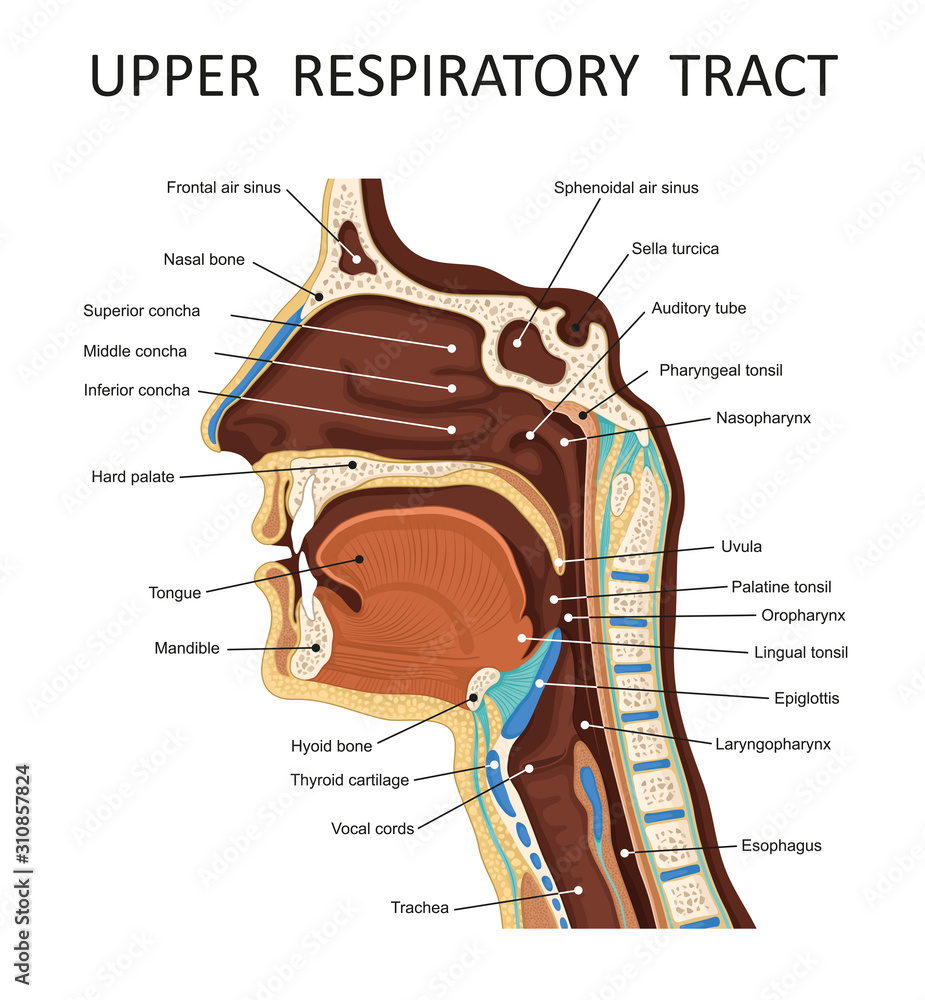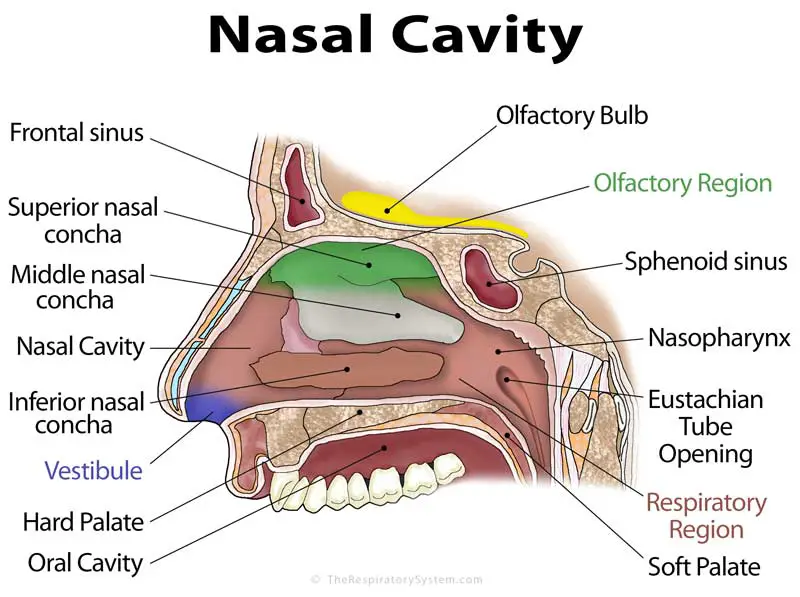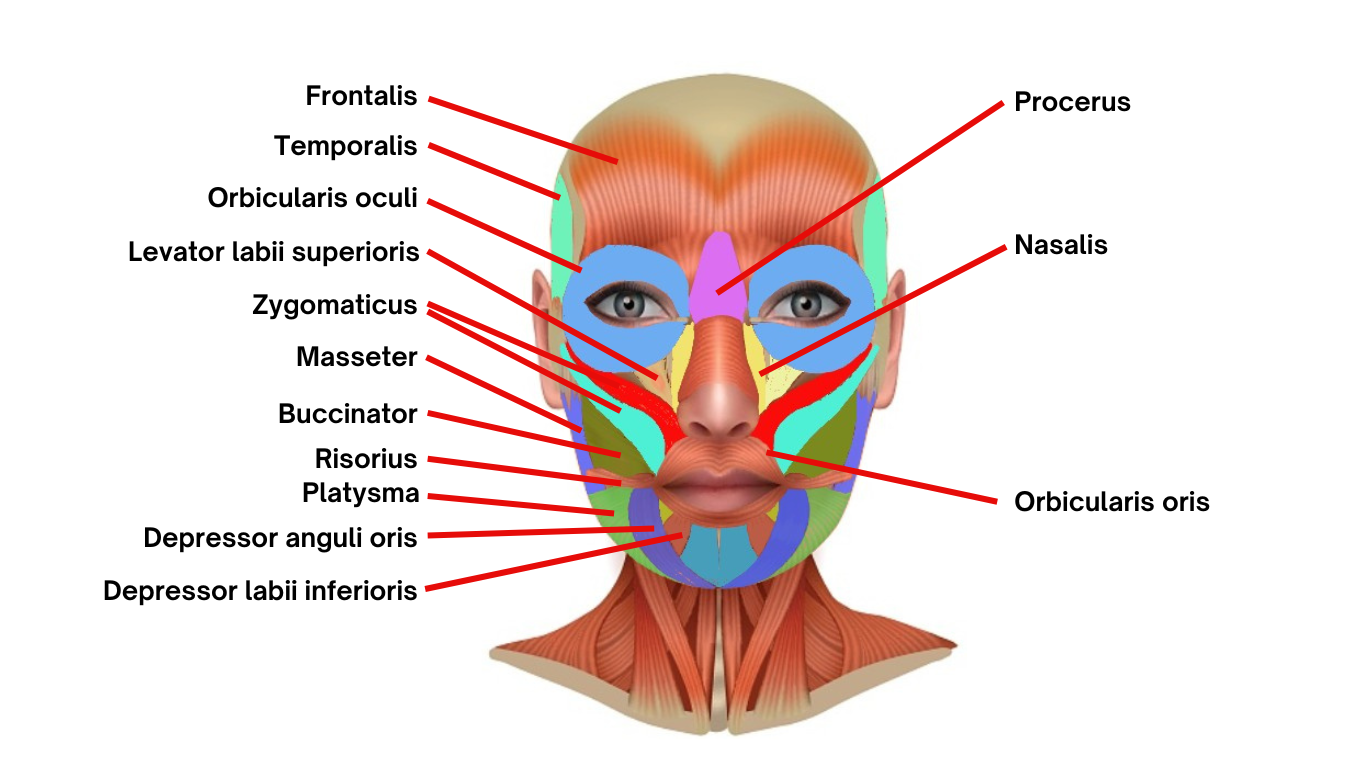The Mouth Is Superior To The Nose

Imagine the aroma of freshly baked bread wafting through the air, teasing your senses, beckoning you closer. But wait, something's amiss. A stuffy nose, the culprit behind a muted experience, leaves you yearning for the full symphony of flavors. This everyday frustration hints at a deeper truth: while often overlooked, the mouth holds a secret superiority over its nasal counterpart.
This article explores the unsung advantages of breathing through the mouth, diving into physiological benefits, examining historical perspectives, and revealing how embracing this often-maligned practice can enhance our lives in surprising ways. It's not about abandoning nasal breathing altogether, but recognizing the mouth's crucial role in optimizing our well-being.
The Physiological Powerhouse
At first glance, the nose seems the obvious champion of respiration. Its intricate filtration system, complete with tiny hairs and mucus membranes, diligently cleans and humidifies incoming air.
However, mouth breathing boasts its own unique set of advantages, especially during periods of increased physical exertion. Consider the athlete sprinting towards the finish line, gasping for air through an open mouth.
The mouth provides a direct, high-volume pathway for oxygen, bypassing the nasal passages' inherent restrictions. This rapid influx of air fuels muscles and combats fatigue more effectively, a crucial factor in athletic performance and strenuous activities.
Dr. George Dallam, a professor of Exercise Physiology at Western State Colorado University, notes that while nasal breathing is often promoted for its filtering benefits, the increased airflow through the mouth is essential for peak performance. (Personal Communication, October 26, 2023)
Beyond Oxygen: A Deeper Dive
The advantages extend beyond mere oxygen intake. The mouth, with its larger surface area, can also facilitate faster cooling. This is especially helpful in hot environments or during intense workouts.
Think of a dog panting; it's utilizing its mouth to efficiently dissipate heat and regulate body temperature.
Furthermore, some researchers suggest that mouth breathing can improve the efficiency of certain medications, particularly those delivered via inhalers. The direct pathway to the lungs allows for greater absorption and quicker relief, especially for individuals with asthma or other respiratory conditions.
A Historical Perspective
While modern society often associates mouth breathing with negative connotations, historical practices reveal a more nuanced understanding. Many ancient cultures recognized the importance of both nasal and oral respiration, employing specific techniques to optimize each method.
In some yogic traditions, specific pranayama (breathing exercises) involve deliberate mouth breathing to achieve certain physiological and mental states. These practices highlight the potential for conscious control and utilization of mouth breathing for specific purposes.
Moreover, depictions in ancient art and literature occasionally show individuals engaging in mouth breathing, suggesting that it was not always viewed as a negative trait. This historical context provides a valuable reminder that our perceptions of bodily functions are often shaped by cultural norms and evolving scientific understanding.
The Misconceptions and The Realities
The stigma surrounding mouth breathing often stems from concerns about increased risk of dry mouth, dental problems, and potential facial development issues in children.
While these concerns are valid, they often overshadow the potential benefits and fail to acknowledge the context in which mouth breathing occurs.
Chronic, habitual mouth breathing, particularly during sleep, can indeed lead to dryness, increased susceptibility to cavities, and, in children, may contribute to altered facial growth. However, these risks can be mitigated with proper awareness and interventions.
For instance, addressing underlying nasal congestion, practicing good oral hygiene, and consulting with a healthcare professional can minimize the negative effects of occasional or necessary mouth breathing.
Furthermore, recent studies suggest that targeted exercises and therapies can help individuals regain control over their breathing patterns and promote nasal breathing when appropriate.
Embracing the Balance
The key takeaway is not to demonize mouth breathing, but to understand its role within a broader framework of respiratory health. Both nasal and oral respiration have their place, and the ideal approach involves finding a balance that suits individual needs and circumstances.
For example, during light exercise or relaxation, nasal breathing may be preferable for its filtering and calming effects.
However, during intense physical activity, moments of stress, or when nasal passages are obstructed, embracing the power of mouth breathing can provide a much-needed boost of oxygen and relief.
Practical Tips and Considerations
Here are some practical tips to consider:
Be mindful of your breathing: Pay attention to how you breathe throughout the day. Notice when you naturally switch to mouth breathing and consider the reasons behind it.
Address nasal congestion: If you frequently resort to mouth breathing due to congestion, explore potential causes such as allergies, sinus infections, or structural issues. Consult with a doctor or allergist for diagnosis and treatment.
Practice good oral hygiene: Because mouth breathing can lead to dry mouth, ensure you are adequately hydrated and maintain a diligent oral hygiene routine, including regular brushing, flossing, and dental check-ups.
Consider breathing exercises: Explore various breathing techniques, such as Buteyko breathing or diaphragmatic breathing, to improve your overall respiratory function and promote nasal breathing during rest.
Consult with a professional: If you have concerns about your breathing patterns, consult with a healthcare professional, such as a pulmonologist or a dentist, for personalized advice and guidance.
A Breath of Fresh Air
In conclusion, the mouth, often relegated to a secondary role in respiration, deserves recognition for its unique and vital contributions. While nasal breathing offers valuable filtration and regulation, the mouth provides an essential pathway for high-volume oxygen intake and rapid cooling, especially during periods of increased demand.
By understanding the nuances of both nasal and oral respiration, and by dispelling the myths surrounding mouth breathing, we can empower ourselves to breathe more effectively, optimize our health, and appreciate the remarkable adaptability of the human body.
So, the next time you find yourself gasping for air after a challenging workout, remember the unsung hero: your mouth. It's not just for talking and eating; it's a powerful tool for breathing life to its fullest.
